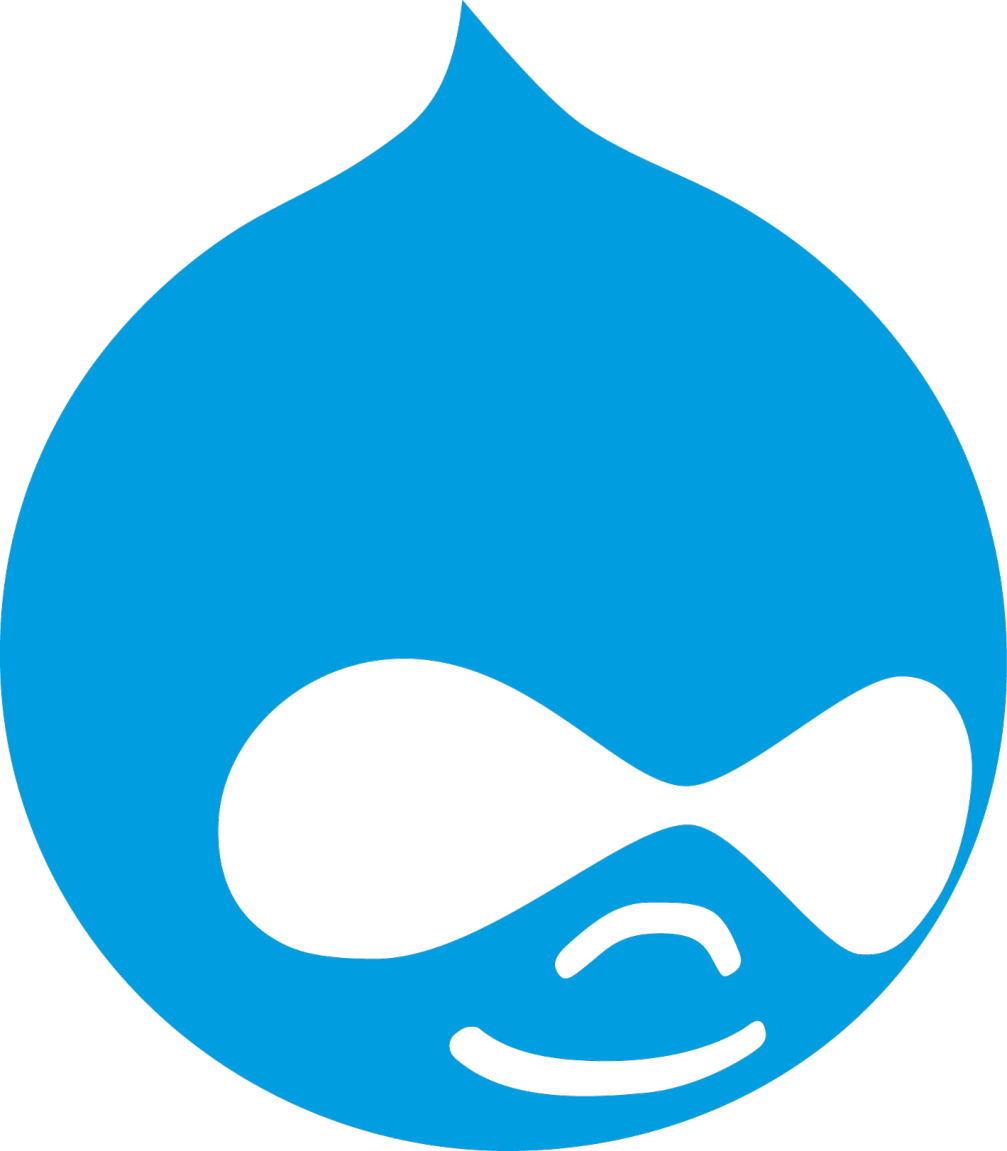This continues a mini-series describing how I set up a Drupal development environment using Docker Desktop and the VS Code devcontainer functionality. The full code is available in my GitHub.
This post will look at the configuration script that runs on the initial creation of the containers. It will handle the majority of the Drupal-specific functionality, roughly equivalent to the GitPod.yml file of the GitPod series.
This is a bash script that runs in the container once it is first built, so start by defining it as a bash script:
1
#!/bin/bash
Enforce permissions on the SSH keys, needed for the git SSH connection to work:
1
2
sudo chown -R drupal:drupal /home/drupal/.ssh
chmod -R 700 ~/.ssh
Provide ownership of entire web root to drupal user:
1
sudo chown -R drupal:apache /var/www/html
Move to codebase:
1
cd /var/www/html/local.drupal.com
Add local domain to hosts file (useful for tools like pa11y being able to browse the site):
1
2
3
if [ ! -z $(grep "127.0.0.1 local.drupal.com" /etc/hosts) ]; then
echo "127.0.0.1 local.drupal.com" >> /etc/hosts
fi
Create database and grant all privileges to drupal user. In this case I’m putting it in the script explicitly because I want to share an out-of-the-box functional system. If you’re going to do this with a real site, make sure you aren’t using the same password on servers that anybody else can access, unlike Docker on your computer. Also it should be a stronger password than “root.”
1
2
mysql --host="db" -e "CREATE DATABASE IF NOT EXISTS drupal;" -u root --password="root"
mysql --host="db" -e "GRANT ALL PRIVILEGES ON drupal.* TO 'drupal'@'%';" -u root --password="root"
Install site’s contributed code base from composer:
1
composer install
Add drush alias to PATH for easier use:
1
echo "alias drush=\"/var/www/html/local.drupal.com/vendor/drush/drush/drush\"" >> ~/.bashrc
Copy the Drupal configuration files:
1
2
3
4
5
6
7
8
9
10
11
12
13
14
15
16
17
if [[ -f ./.devcontainer/conf/drupal.settings.php ]]
then
sudo cp .devcontainer/conf/drupal.settings.php web/sites/default/settings.php
fi
if [[ -f ./.devcontainer/conf/local.services.yml ]]
then
sudo cp .devcontainer/conf/local.services.yml web/sites/local.services.yml
fi
if [[ ! -d private ]]
then
mkdir private
chmod 755 private
fi
if [[ ! -d sync/config ]]
then
mkdir -p sync/config
fi
Import the existing configuration. Note that there is a drush command to build a new site from the existing configuration, but it did not work reliably in this context.
1
2
3
vendor/drush/drush/drush site-install -y minimal
vendor/drush/drush/drush cset -y system.site uuid "3d9878de-3355-4510-af4d-575deb24055f"
vendor/drush/drush/drush config-import -y
Flush generated images, which helps if configuration changes since last time including changes to the media formats. This isn’t really necessary when you aren’t also using the content_sync module, which I no longer am in this demo, since without that there are no images to regenerate. But I kept the image flush anyway to demonstrate how that works.
1
vendor/drush/drush/drush image-flush --all
Sets admin password. The same note applies as with the MySQL passwords above.
1
vendor/drush/drush/drush user:password admin "ZNB*ufm1tyz4rwc@yzk"
Rebuild the node access caches. This isn’t a huge issue, but does save clearing a warning that appears in Drupal.
1
vendor/drush/drush/drush php-eval 'node_access_rebuild();'
Set the environment indicator. This is a Drupal module that shows the site toolbar and favicon with different colours. It’s very helpful to visually cue your brain when you’re in Docker vs dev vs staging vs production. For this to work, you’ll have to include the environment indicator module in your composer.json file.
1
2
3
vendor/drush/drush/drush cset -y environment_indicator.indicator name "Local Docker"
vendor/drush/drush/drush cset -y environment_indicator.indicator fg_color "#ffffff"
vendor/drush/drush/drush cset -y environment_indicator.indicator bg_color "#000000"
Finally, the all-important clearing of the caches:
1
vendor/drush/drush/drush cr

